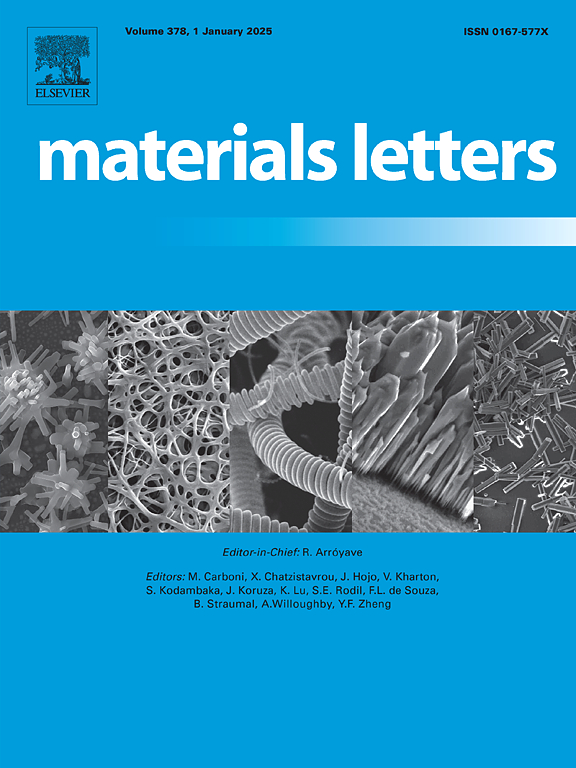Melt structure of NiCrW superalloy near liquidus studied by experiment and molecular dynamics simulation
IF 2.7
4区 材料科学
Q3 MATERIALS SCIENCE, MULTIDISCIPLINARY
引用次数: 0
Abstract
The effects of different isothermal temperature treatments near the liquidus on the solidification structure and melt structure of NiCrW superalloy were studied by high temperature X-ray diffraction and molecular dynamics. The results of X-ray diffraction experiments show that there is a pre-peak exists prior to the main peak at 1400 °C, which indicates that the melt is composed of clusters with medium-range order (MRO) structure. The simulation results show that the number of clusters increases as the temperature decreases, and the dominant clusters are <0 3 6 4>, <0 2 8 4>, and <0 1 10 2>. Finally, the experimental results show that the grain size distribution is relatively uniform and the degree of grain spheroidization is better at the temperature near the liquidus, which attribute to the exists of pre-peak and medium-range order in the melt.
求助全文
约1分钟内获得全文
求助全文
来源期刊

Materials Letters
工程技术-材料科学:综合
CiteScore
5.60
自引率
3.30%
发文量
1948
审稿时长
50 days
期刊介绍:
Materials Letters has an open access mirror journal Materials Letters: X, sharing the same aims and scope, editorial team, submission system and rigorous peer review.
Materials Letters is dedicated to publishing novel, cutting edge reports of broad interest to the materials community. The journal provides a forum for materials scientists and engineers, physicists, and chemists to rapidly communicate on the most important topics in the field of materials.
Contributions include, but are not limited to, a variety of topics such as:
• Materials - Metals and alloys, amorphous solids, ceramics, composites, polymers, semiconductors
• Applications - Structural, opto-electronic, magnetic, medical, MEMS, sensors, smart
• Characterization - Analytical, microscopy, scanning probes, nanoscopic, optical, electrical, magnetic, acoustic, spectroscopic, diffraction
• Novel Materials - Micro and nanostructures (nanowires, nanotubes, nanoparticles), nanocomposites, thin films, superlattices, quantum dots.
• Processing - Crystal growth, thin film processing, sol-gel processing, mechanical processing, assembly, nanocrystalline processing.
• Properties - Mechanical, magnetic, optical, electrical, ferroelectric, thermal, interfacial, transport, thermodynamic
• Synthesis - Quenching, solid state, solidification, solution synthesis, vapor deposition, high pressure, explosive
 求助内容:
求助内容: 应助结果提醒方式:
应助结果提醒方式:


